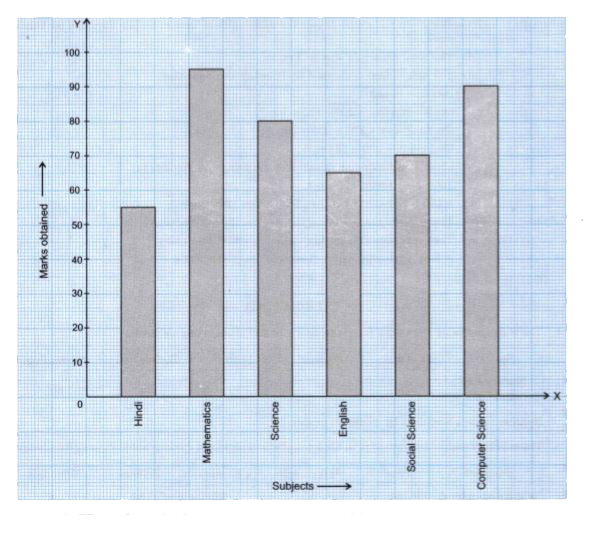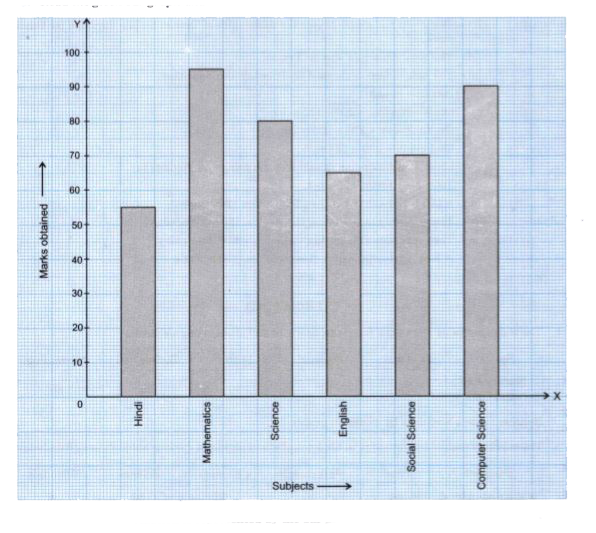Read the source given below and answer the questions that follows: Similar female allegories were invented by artists in the nineteenth century to represent the nation. In France she was christened Marianne, a popular Christian name, which underlined the idea of a people's nation. Her characteristics were drawn from those of Liberty and the Republic - the red cap, the tricolour and the cockade. Statues of Marianne were erected in public squares to remind the public of the national symbol of unity and to persuade them to identify with it. Marianne images were marked on coins and stamps. Similarly, Germania became the allegory of the German nation. In visual representations, Germania wears a crown of oak leaves, as the German oak stands for heroism. Answer the following MCQs by choosing the most appropriate option.
What does the German oak stand for?
A
Liberty
B
Heroism
C
Justice
D
Strength
Text Solution
The correct Answer is:B
|
Similar Questions
Knowledge Check
Read the source given below and answer the questions that follows: Similar female allegories were invented by artists in the nineteenth century to represent the nation. In France she was christened Marianne, a popular Christian name, which underlined the idea of a people's nation. Her characteristics were drawn from those of Liberty and the Republic - the red cap, the tricolour and the cockade. Statues of Marianne were erected in public squares to remind the public of the national symbol of unity and to persuade them to identify with it. Marianne images were marked on coins and stamps. Similarly, Germania became the allegory of the German nation. In visual representations, Germania wears a crown of oak leaves, as the German oak stands for heroism. Answer the following MCQs by choosing the most appropriate option.
What was the name given to the female allegory in France?AGermaniaBMaryCFloraDMarianneRead the source given below and answer the questions that follows: Similar female allegories were invented by artists in the nineteenth century to represent the nation. In France she was christened Marianne, a popular Christian name, which underlined the idea of a people's nation. Her characteristics were drawn from those of Liberty and the Republic - the red cap, the tricolour and the cockade. Statues of Marianne were erected in public squares to remind the public of the national symbol of unity and to persuade them to identify with it. Marianne images were marked on coins and stamps. Similarly, Germania became the allegory of the German nation. In visual representations, Germania wears a crown of oak leaves, as the German oak stands for heroism. Answer the following MCQs by choosing the most appropriate option.
Germania became the allegory ofAFranceBItalyCItalyDBritainRead the source given below and answer the questions that follows: Similar female allegories were invented by artists in the nineteenth century to represent the nation. In France she was christened Marianne, a popular Christian name, which underlined the idea of a people's nation. Her characteristics were drawn from those of Liberty and the Republic - the red cap, the tricolour and the cockade. Statues of Marianne were erected in public squares to remind the public of the national symbol of unity and to persuade them to identify with it. Marianne images were marked on coins and stamps. Similarly, Germania became the allegory of the German nation. In visual representations, Germania wears a crown of oak leaves, as the German oak stands for heroism. Answer the following MCQs by choosing the most appropriate option.
_____ images marked on coins and stamps.AGermaniaBMarianneCMaryDJesus
What were the demerits of the nation-states?
View SolutionPotometer and porometer were invented by
View SolutionWhat were the concerns that influenced town planning in the nineteenth century?
View SolutionHow had the female figures become an allegory of the nation during nineteenth century in Europe Analyse.
View SolutionWhich one of the following became the female allegory of the German Nation?
View Solution


